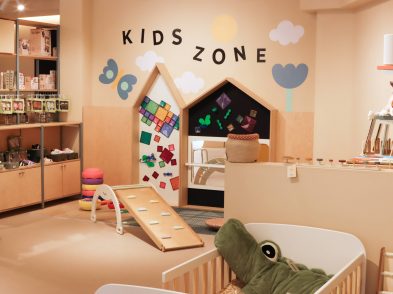When you were looking for your perfect home in Florence, did you pay much (or any) attention to that sliding scale from “A4” to “G” that declared the energy efficiency of your future four walls? Perhaps you were more taken by the Tuscan countryside and smitten by the sunsets. I don’t blame you for favouring the view; I did too. But when you’ve lived here for a while and the money is seeping out the door in an ever-flowing current of bills, you take a second look at those long windows, which in the summer carry a welcome breeze through your citronella-scented home (those pesky mosquitoes!), but in the winter are wicked for blasting gusts of icy wind to where you’re wrapped in blankets lamenting the lack of insulation. Energy efficiency is still not a decisive element in the choices of homeowners in Italy, and it perhaps should be.
The data I’m about to reveal is not very encouraging. Only 1 percent of buildings in Florence are eco-friendly. In fact, the city has the second lowest rate of energy-efficient homes in Tuscany (preceded only by Siena). A 100 square metre home produces an average of 3,636 kilograms of carbon dioxide annually at a cost of 1,620 euro. A Class “A” would save you around 1,458 euro; the difference is enormous. Worryingly, a 2018 statistic states that 56 percent of homes sold in Florence are Class “G” and only 7 percent are Class “A” or “B”. Given that the majority of Class “A” homes are those built within the last 15 years, Florence and its wonderful, albeit non-energy-friendly, historical centre could be excused for not making the grade. However, considering that Class “G” homes drain money at an alarming rate and contribute vastly to environmental damage, it’s time to change how we look at our homes, not just for our pockets, but for the world we live in too.

Plants are at front and centre of Florence’s Manifattura Tabacchi
It’s not all doom and gloom. Eco-sustainability is achievable with a few measures, many of which are supported by the City of Florence through a range of incentives. ENEA (the national agency for technology, energy, and eco-sustainability) has a useful website that details how to acquire eco-bonuses. For example, expenses occurred for the replacement of heating systems with hybrid systems can be deducted from personal income tax at a 65 percent rate. Other actions include a programme by Casa S.p.A. called “asbestos OUT – IN photovoltaic”. Interventions carried out in affected buildings involved introducing electricity and the construction of thermo-coats measuring 15 to 20 centimetres in thickness. These measures allowed a dramatic reduction of 4,200 tons of CO2, having a huge effect on heating bills.
A proposed plan for energy-efficient mortgages will favour homeowners willing to take the step into environment-first living. Smart thermostats are a further device to help monitor your green goodness. They automate the heating and cooling process, and can even be controlled using an app or voice commands, making them convenient as well as environmentally friendly. Improving your home’s energy efficiency means you spend less, do something to protect the environment and even increase the value of your home. A final fact to convince you? In a Class “A” home you spend in ten years what you would spend in one year in a Class “G” home. There’s your answer.








